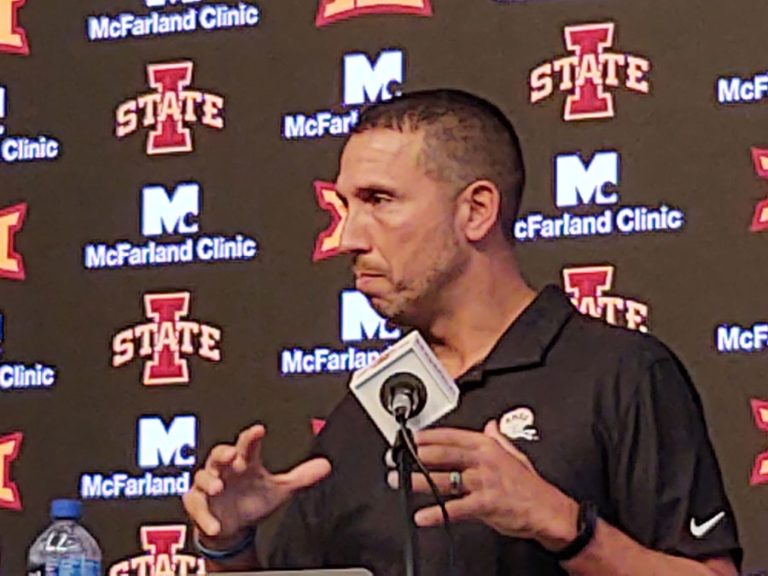![]() Des Moines, Iowa — Hawarden native and former Republican candidate for Iowa Attorney General, Adam Gregg, the State Public Defender, has now established a new “Wrongful Conviction Division” in his office.
Des Moines, Iowa — Hawarden native and former Republican candidate for Iowa Attorney General, Adam Gregg, the State Public Defender, has now established a new “Wrongful Conviction Division” in his office.
Gregg talks about the reason for the new division.
He says when the wrong person is convicted, that means the real criminal isn’t held accountable. The first batch of cases to be reviewed by this new division date back to the 1980s and early ’90s. Gregg says about 100 convictions from that time period involve what is now considered the “junk science” of hair analysis. It was used before D-N-A testing was standard practice. Investigators will try to find the hair evidence in those cases and conduct D-N-A tests to determine if the D-N-A of the person convicted matches the crime scene evidence.
Gregg has hired an attorney who worked for the California Innocence Project to lead Iowa’s new Wrongful Conviction Division. Audrey McGinn will work with students from Drake University’s Law School and other volunteers from the Iowa Innocence Project and the Midwest Innocence Project to cull through what evidence they can find.
Iowa law requires court officials to keep evidence in criminal cases for just three years, but officials rarely dispose of evidence in first degree murder convictions. McGinn says finding conclusive evidence in these cases will be the most difficult part.
Governor Terry Branstad announced the creation of this new Wrongful Conviction Division Monday morning at his weekly news conference.
So-called “Innocence Project” efforts nationwide have so far yielded 330 cases in which D-N-A evidence proves the person convicted didn’t commit the crime, but none of those cases have been in Iowa. If someone IS found to be wrongfully convicted in Iowa, state law automatically makes them eligible for 50-dollars for each day they were in prison.











